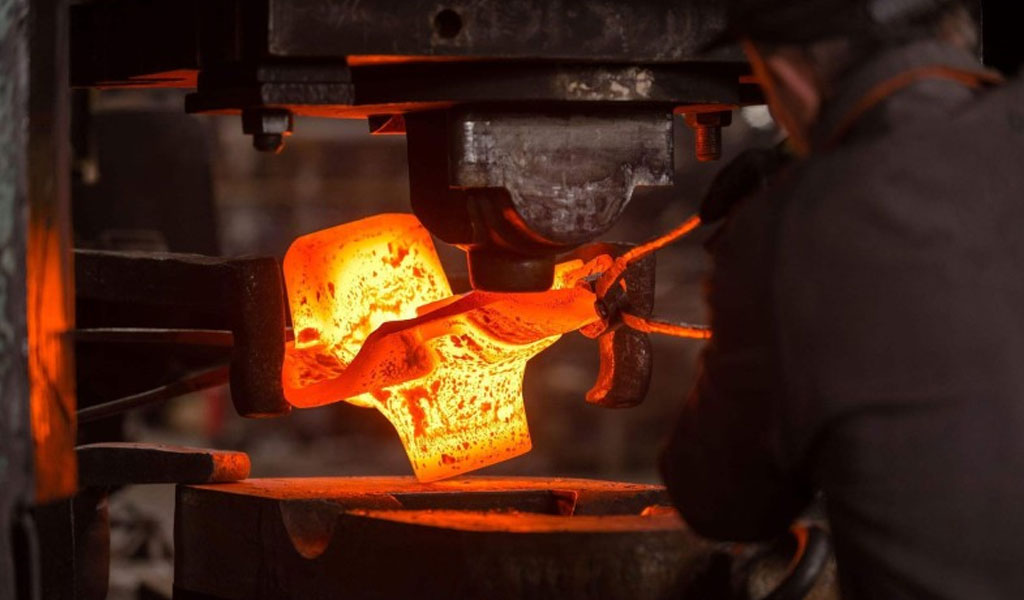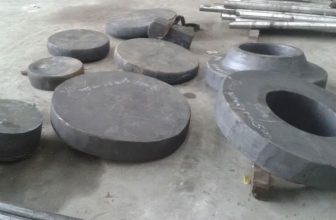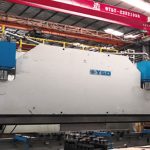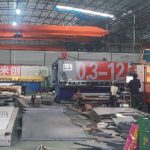
Metal Forging is a processing method that uses a forging machine to apply pressure to a metal blank to plastically deform it to obtain a forging with certain mechanical properties, certain shape and size. Forging (forging and stamping) is one of the two major components. Through forging, defects such as as-cast looseness produced by the metal during the smelting process can be eliminated, and the microstructure can be optimized. At the same time, due to the preservation of the complete metal streamline, the mechanical properties of forgings are generally better than those of castings of the same material. Forging can be divided into hot forging and cold forging according to temperature, so what is the difference between hot forging and cold forging?
In terms of forging temperature, cold forging is performed at room temperature, and hot forging is performed at high temperature. Most of the cold forging materials are aluminum and some alloys, copper and some alloys, low carbon steel, medium carbon steel, and low alloy structural steel with low deformation resistance and good plasticity at room temperature.
Cold forging has a hard working hardness during forming, and hot forging has a soft working hardness during forming. The pressure of cold forging during molding requires a large pressure, and the pressure of hot forging during molding may be relatively small. The processing accuracy of cold forging after forging can be high, and the processing accuracy of hot forging after forging is low. While cold forging jobs are suitable for relatively small jobs, hot forging jobs can be a big deal.
When the head is cold forged, the size of the forging will not change much. If the head is placed below 700 ℃ for forging, there will be no decarburization on the surface. So that is to say, as long as the entire deformation is within the required range of forming, then cold forging can actually improve the surface of the head in terms of smoothness and dimensional accuracy.
The main function of the head is to apply external force to the metal sheet, which causes the metal sheet to deform, so that the shape and size change, and the performance can also be significantly improved. It is more suitable for mechanical workpieces. processing and manufacturing. In fact, the head can be divided into many types in forging. When the forging temperature is between 400°C and 800°C, the resistance of the head to deformation will decrease rapidly, and the deformation will also be effectively changed. Because the temperature is different in different regions, the quality of the forgings and the related requirements for forging will also be different.






